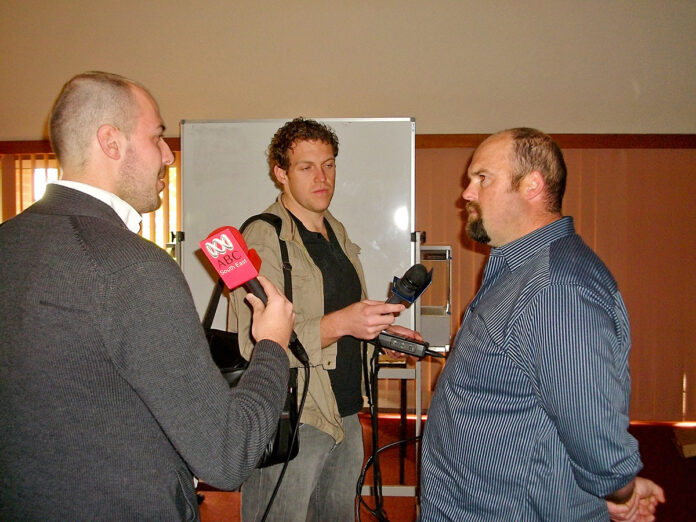Limestone Coast producers are still watching the skies as the region struggles into the second month of winter.
The region is well down on its average rainfall, with Mount Gambier recording 57.2mm in June, well down on the long term monthly average of 85.7mm.
The opening month of winter was looking particularly dry up until June 26 with only 14.4mm recorded.
However a late burst of wet weather led to 42.8mm falling in the last four days of the month, to boost the total.
The average rainfall to June is 301.4mm, however this year only 175mm has been recorded in that period.
This time last year Mount Gambier had recorded 435mm.
Daytime temperatures for the Blue Lake city were on the mark with the long term average, sitting at 13.9 degrees.
However, it was a different story for the overnight temperatures, with the evening minimums averaging 4.2 degrees, 1.6 degrees below the long term average of 5.8 degrees.
The coldest night was recorded on June 18, when the temperature dipped to -1.9 degrees.
Castec Rural Supplies agronomist Isabella Baker said while recent showers had eased the dire situation, much more rain was needed.
“Everyone is still very wary I suppose, we have definitely had a few showers in the last fortnight, around 15-18mm around the cropping paddocks out the back of Penola,” she said.
“But it is still nothing major for this area, they are normally well and truly into it, crops are usually a lot higher.
“Everything is sitting a little dormant at the moment, we have had quite a few heavy frosts these last couple of weeks.”
Ms Baker said more rain and sunnier days were needed to maintain a premium soil temperature, with all of the region’s crops already in the ground.
“The majority have dry sown, there are no annual crops to go in anymore, it’s really just perennial pastures which are fine,” she said.
“Everyone’s crops like canola, wheat, oats and faba beans are all in, everyone has pretty much dry sown.
“They are still nervous, but not so nervous now that things are coming out after these couple of showers.”
Ms Baker said while rain had fallen, crops were still stressed and under pressure from pests.
“Everyone is still nervous for sure for a good finish, but they are just keeping an eye out for insects and slug and snail feeding,” she said.
“That happens every season, but because the plants are a lot more stressed than normal at this time of year, everyone is putting more control methods in, they normally do in wetter years too, but because the plants are so stressed you notice it a lot more, they’re not growing through the damage.”
Ms Baker said it was too early to predict how this year’s low rainfall would impact yields come harvest time.
“If we keep getting these top up rains we should at least reach average, they should not be under, it will not be their highest yielding year, but they should at least get their average,” she said.
“You literally never know until harvest time.”
Ms Baker said the recent frosts had impacted lambing, with higher than usual losses.
“The frosts are not’ great for lambing,” she said.
“There has definitely been quite a few more lamb losses than usual.”




